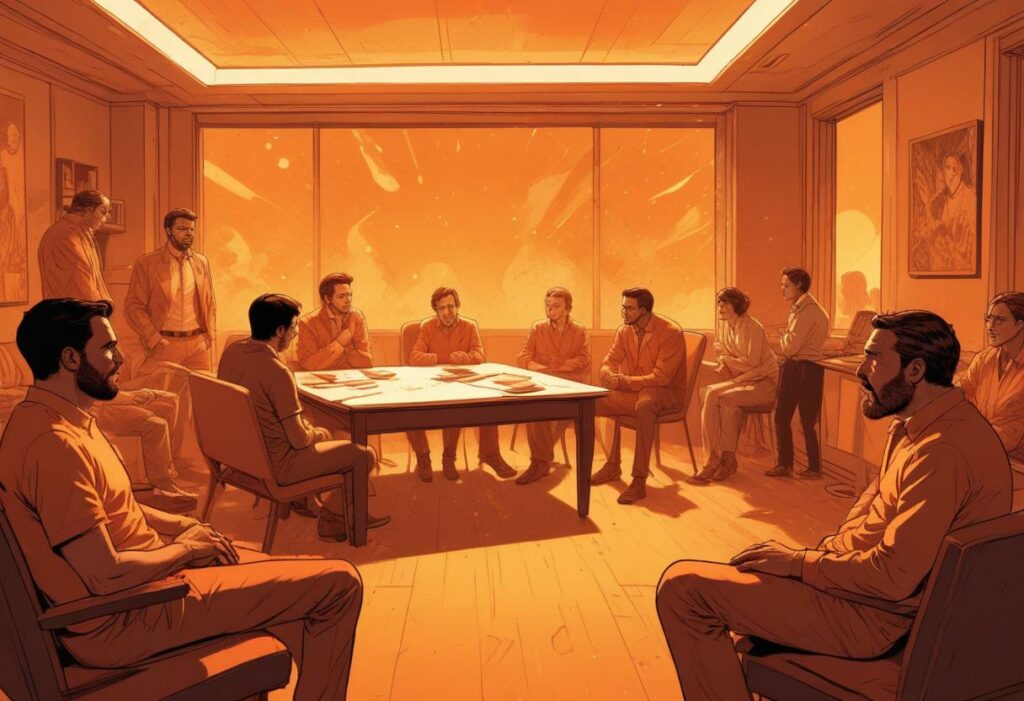DAOs (decentralized autonomous organizations) promise new models of coordination and governance without centralized control. But you’d agree that many so-called decentralized organizations still have subtle central points of failure.
In this article, we will evaluate real-world DAO centralization risks while attempting to provide perspective on the nuances involved in structuring truly robust decentralized systems.
The Promise of DAOs
Traditional centralized entities are generally characterized by corporate structures with concentrated shareholder control rather than tokenized equity. In addition to their walled gardens and opaque operations, leadership is appointed by internal hierarchies rather than democratized voting in traditional entities. DAOs offer an alternative to these traditional structures.
Well-designed DAOs could provide distributed control rather than executive power concentrated in individuals. They also promise fluid participatory governance rather than top-down decrees, transparent rules and processes defined on public blockchains, and value exchange via crypto tokens and NFTs rather than fiat and legacy finance
However, realizing this potential requires avoiding subtle centralization risks.
Centralization Risks in Token Distribution
It is hard to deny that many DAOs feature highly unequal token distribution. Notably, founders, investors, and early participants acquire large portions of governance tokens. This grants them outsized control over proposals and decisions while regular users have minimal influence with small token allocations.
A June 2022 report by Chainalysis revealed that less than 1% of all holders possessed 90% of the voting power in ten major DAO projects. Much hasn’t changed over the past year. Take Aragon DAO, for example, the top 5 wallets collectively control 60.7% of the voting power, leaving the rest of the community of over 15,000 members with less than 40.
The bottom line is that whale dominance undermines the decentralization ethos.
Centralization in DAOs
Centralization Through Core Development Teams
DAOs often rely on central developer teams where key smart contracts and infrastructure are built by a small set of core developers rather than communally. This concentrated expertise and admin access centralizes control over the DAO’s functionality. There is also bus factor risk since a group relies on the voluntary participation of a few key individuals. Reliance on elite inner circles risks DAO resilience.
SubDAOs Reintroducing Hierarchical Control
SubDAOs designed to improve scalability can add a layer of centralization because they condense authority into smaller internal groups for specific functions. These subgroups gain power disconnected from the broader DAO community and often form pseudo-management hierarchies within a DAO’s flat structure. Without care, subgroups resemble fragmented fiefdoms.
Physical Chokepoints Around Infrastructure
Much like dependence on core development teams, DAOs can depend on centralized infrastructure. From servers to nodes, databases, and websites, access is often controlled by a small group of admins.
Centralized infrastructure management reintroduces control points and infrastructure hosted by centralized providers creates third-party dependencies. At the end of the day, operational resilience suffers without decentralized infrastructure.
Subjective Reputation-Based Hierarchies
Some DAOs institute reputation scores where individuals gain influence and privileges based on reputation levels. Sadly, subjective human judgments often govern reputation scoring and informal hierarchies form around those controlling reputational rankings. Reputation power concessions risk cronyism.
Oracles as Centralized Information Sources
DAOs depend on external data called “oracles.” But here’s the thing, oracles feed off-chain data to on-chain smart contracts for decision-making. Furthermore, oracles tend to rely on small numbers of traditional centralized data sources, which imports centralization into the information inputs DAOs depend on.
Conclusion
True decentralization is an ideal that even thoughtful DAOs struggle to realize in practice. Subtle centralization tendencies persist around factors like token distributions, infrastructure control, subjectively assigned influence, working groups, and outside dependencies. However, identifying these risks inspires more prudence and innovation in designing governance and operations that minimize concentrated control. The journey toward decentralization is a long road rather than a destination easily reached.
At the end of the day, would you say that DAOs in their current state are decentralized and autonomous?





